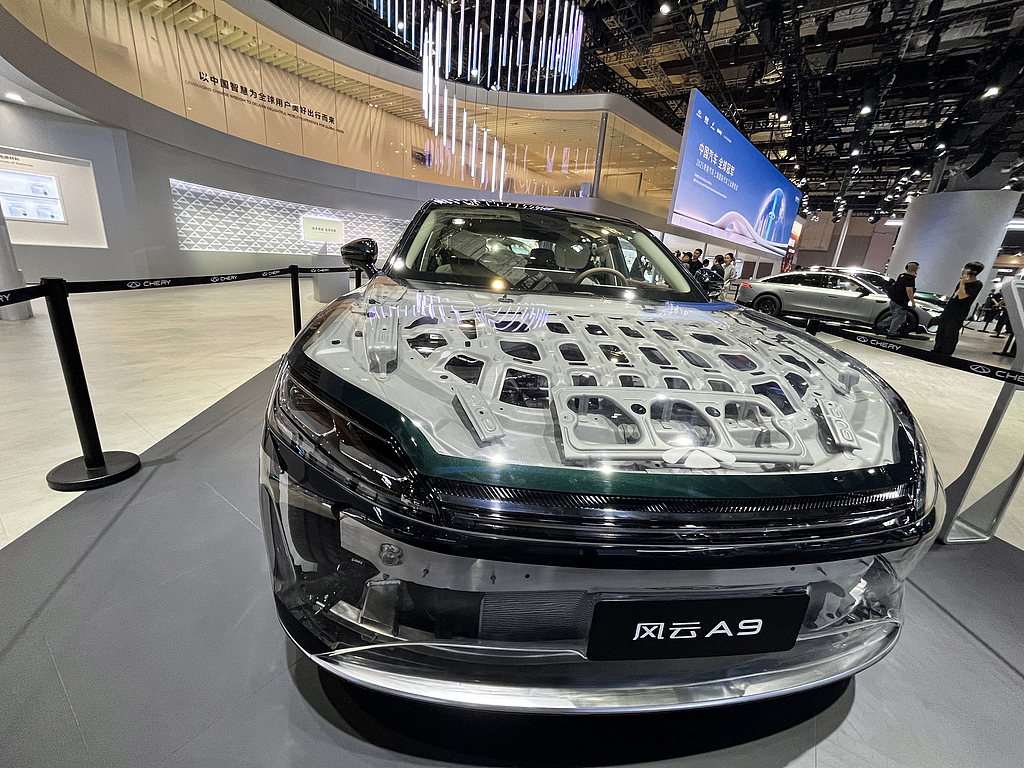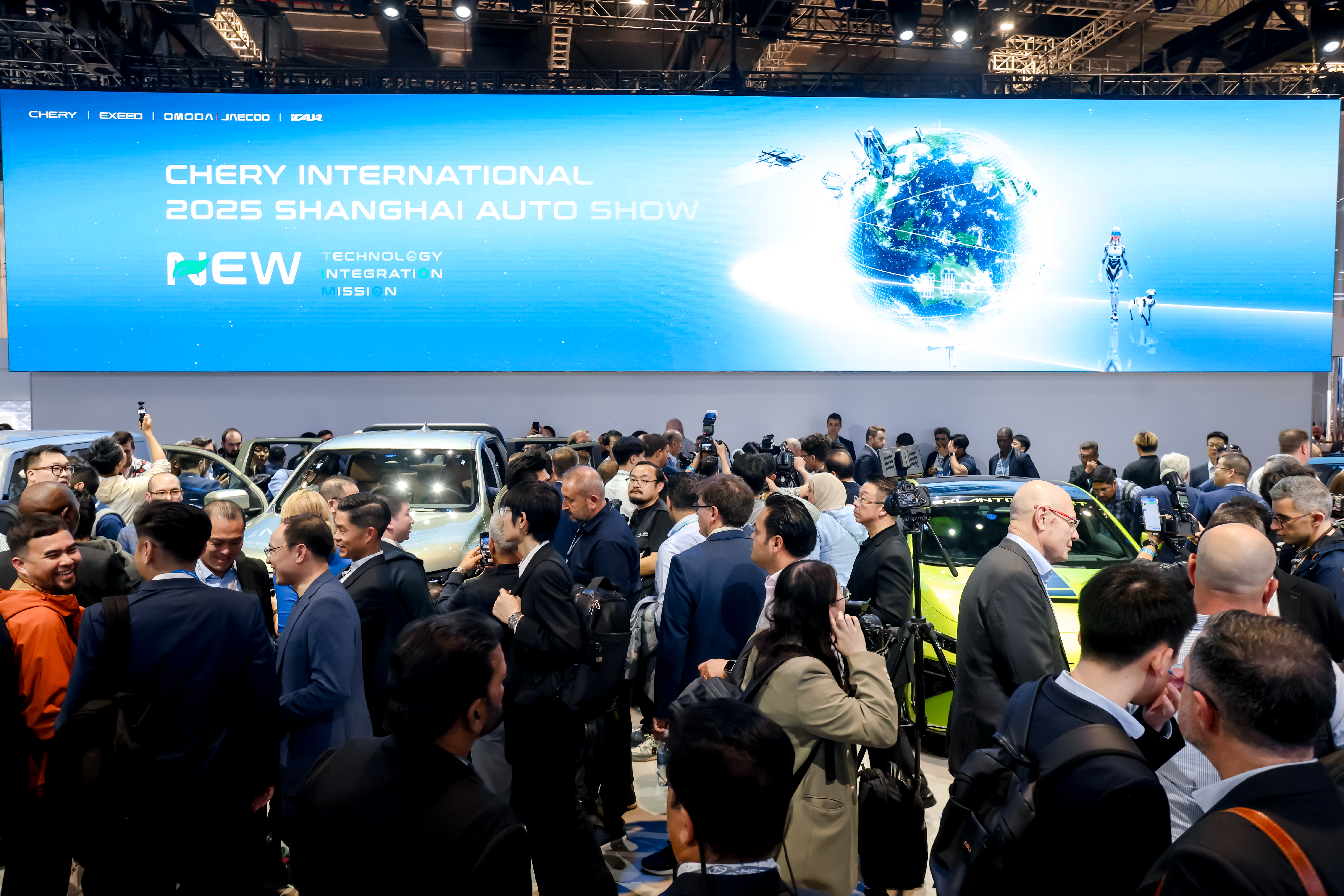
A small storm caused by the remarks of an executive unexpectedly put two models that had not yet faced each other in the spotlight. Chery Fengyun A9 and Geely Yinhe Xingyao 8, both of which are medium-to-large electric hybrid sedans but have very different positioning, have received a large wave of unexpected traffic due to Chery's Vice President of Marketing Yao Fei's evaluation of the latter as a "bad car".
The incident started when Yao Fei commented in the car owner group that Geely Galaxy Star 8 was a "bad car". From a technical point of view, the competition between the two models is essentially a collision of two strategic paths. Geely Galaxy Star 8 entered the market with a starting price of 115,800 yuan. The Thor electric hybrid system achieves a balance between 3.36L/100km fuel consumption and 6.49 seconds zero-to-hundred acceleration through a dual-motor series-parallel architecture. With the L2+ intelligent driving system as standard for the entire series, it demonstrates the inclusive thinking of "technical equality". Its 405L trunk and 536mm rear seat cushion length design target family users' sensitive points on space and cost-effectiveness, and launches a dimensionality reduction attack on joint venture fuel vehicles with a leapfrog configuration.

April 24, 2025, 2025 Shanghai Auto Show, Chery Automobile booth, Fengyun A9.
Chery Fengyun A9 relies on Kunpeng Super Hybrid CDM 6.0 technology to push the engine thermal efficiency to only 47%, and the data of 4-second acceleration and 2000km comprehensive endurance are somewhat suggestive of showmanship. The 3000mm wheelbase executive cockpit, Boya sound system and laser radar, coupled with the momentum of over 35,000 units of blind orders in 23 days, show Chery's ambition to impact the high-end market. This "technical tower" product strategy does not actually constitute direct competition with the people-friendly positioning of Xingyao 8.
However, the difference in technical parameters cannot explain the disparity in public opinion reactions. Diess, former CEO of Volkswagen Group, and Li Ruifeng, chief growth officer of Great Wall Motors, both criticized the extended-range system when they were CEO of Great Wall Weipai. Although the industry knew what they were referring to, they regarded it as a debate on the technical route; while Yao Fei's "bad car" judgment triggered the industry's moral judgment. In the context of major automakers offering rewards to crack down on black public relations and the Ministry of Law frequently attacking, the remarks of any executives may be over-interpreted as "code words for business wars."

On April 24, 2025, the Shanghai Auto Show continued, Geely Galaxy Star 8.
Chery's internal red line document prohibiting comparison and Geely's Yang Xueliang's response of "uniting and moving forward" formed a tacit understanding among leading enterprises to jointly build industry norms. However, it also indirectly reflects that when Chinese brands are collectively working hard to improve their "high-end" internal strength, the tolerance threshold of the public opinion field for "gaffes" is rapidly decreasing.
So, how can we maintain open discussion and avoid vicious internal friction in the fierce competition? There is actually a smarter way to criticize competitors.
For example, if the analysis is changed from "offensive denigration" to "constructive criticism" by starting with the "second-row space design" instead of simply passing it off as "the second row is very crowded" or "it's a bad car", the controversy may be greatly reduced.
This executive who can fluently introduce new cars in English at the booth cannot be without such wisdom. It is just that the current public opinion environment made him fail to anticipate that the "TikTok group", a seemingly private discussion forum, can also instantly become a moral trial forum.
The incident finally ended with the suspension of the senior executive and a settlement between the two parties, which demonstrated the attitude that a leading automaker should have. However, what the Chinese auto industry needs now is not only superficial harmony, but also a competitive culture that can accommodate rational debate on technological routes while eliminating malicious denigration.


